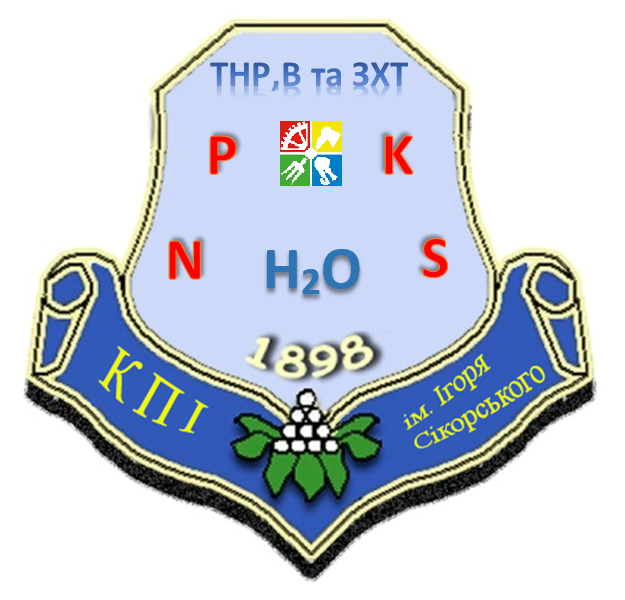Degradation and changes in toxicity and biodegradability of tetracycline during ozone/ultraviolet-based advanced oxidation
Advanced oxidation processes (AOPs) composed of O3, H2O2and ultraviolet (UV) were applied to
degrade tetracycline (TC). Degradation efficiency was evaluated in terms of changes in absorbance
(ABS) and total organic carbon (TOC). The change in biotoxicity was monitored with Escherichia coli
and Vibrio fischeri. The improvement in biodegradability during oxidation was demonstrated through
5-day biochemical oxygen demand/chemical oxygen demand ratio and aerobic biological treatment.
The combination of O3/H2O2/UV and O3/UV showed the best performance for the reductions in ABS
and TOC. However, mineralization and detoxification were not perfect under the experimental
conditions that were used in this study. Therefore, for the ultimate treatment of TC compounds, it is
suggested that AOP treatment is followed by biological treatment, utilizing enhanced
biodegradability. In this study, aerobic biological treatment by Pseudomonas putida was performed
for O3/UV-treated TC. It was confirmed that O3/UV treatment improved TOC reduction and facilitated
complete mineralization in biological treatment.
Key words | advanced oxidation, biodegradability, biological treatment, biotoxicity, tetracycline
Huyen Trang Luu and Kisay Lee
 48.pdf
—
PDF document,
267 KB (274230 bytes)
48.pdf
—
PDF document,
267 KB (274230 bytes)
